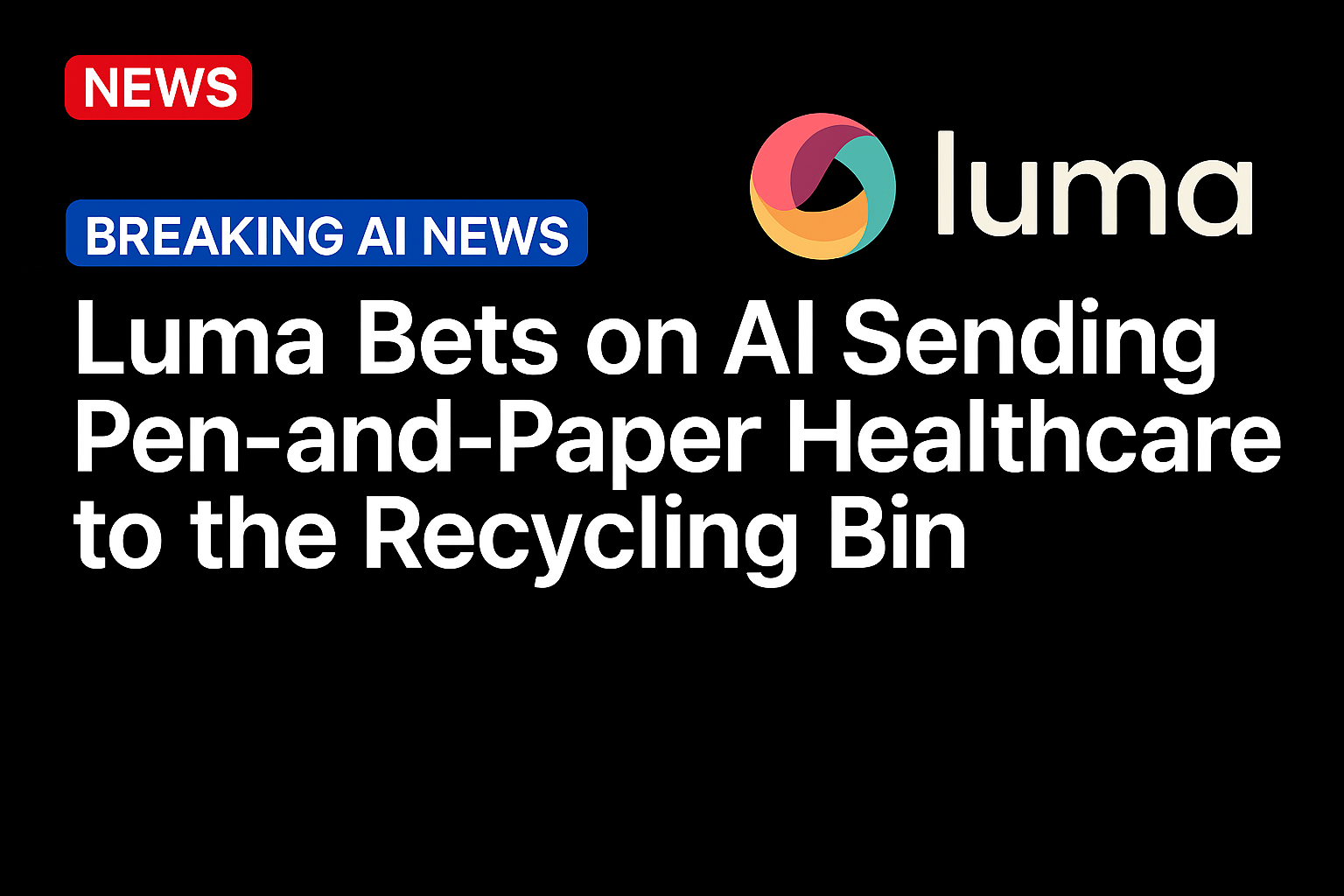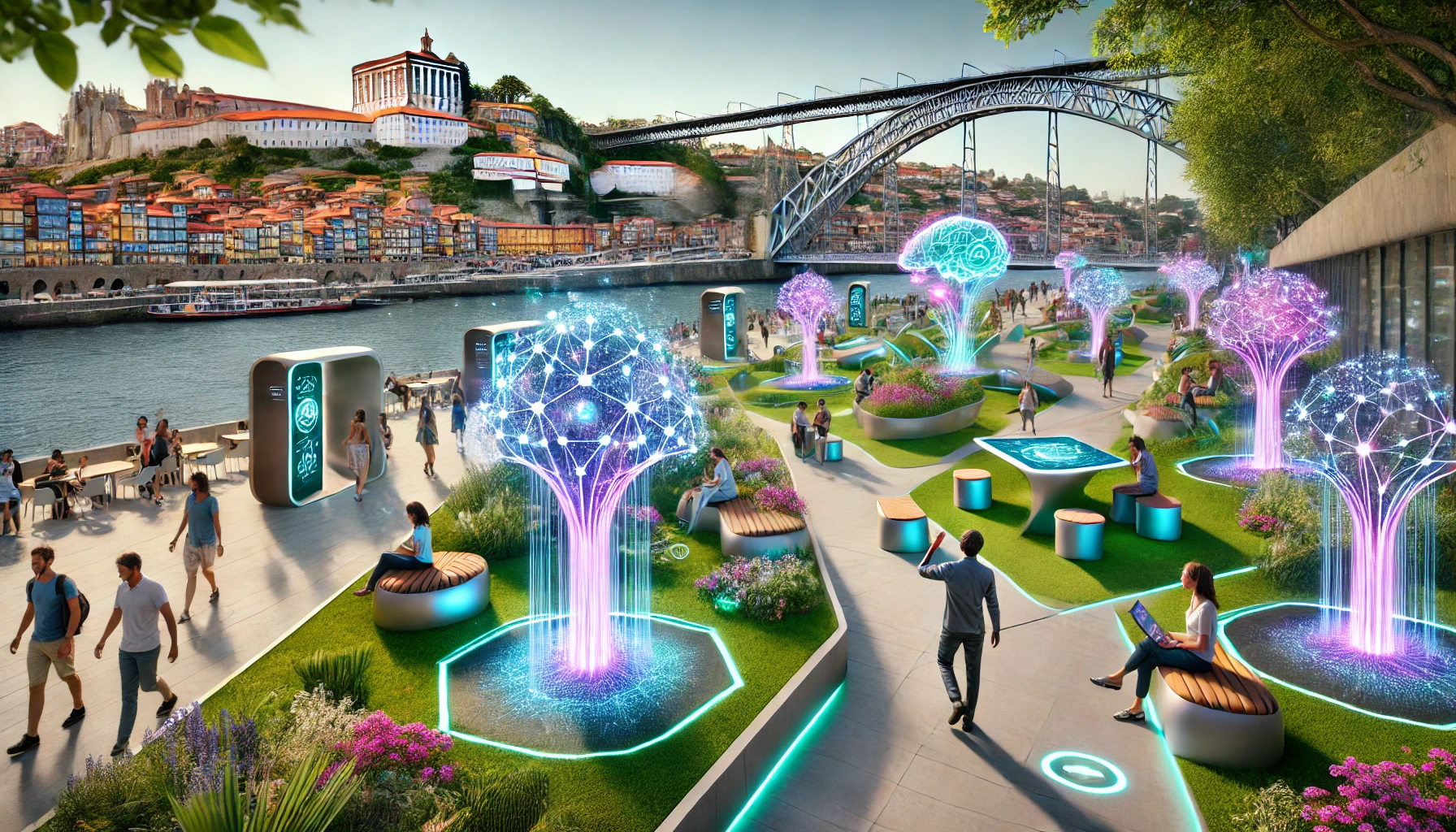For all the futuristic rhetoric surrounding healthcare innovation, the reality for most Americans remains largely analog.
Appointment reminders still come by phone. Insurance authorizations require endless back-and-forth communication and many waiting rooms outside of large healthcare systems still hand patients a clipboard to update medical history using paper and pen. These sheets of paper can cascade into stress for staff, delays for clinicians, longer wait times for patients, and a sense, before the visit even begins, that the system is disorganized.
“I had an MRI done recently, and the results were literally handed to me on a CD-rom,” said Aditya Bansod, co-founder and CTO of Luma Health, during a discussion hosted by PYMNTS CEO Karen Webster.
Such is the paradox at the heart of U.S. healthcare: a system awash in digital tools yet mired in manual processes. When, during the same visit, Bansod asked about digital transfer of his MRI results, the staff told him to deliver the disc manually to his primary care physician.
Webster called out the core contradiction: even the most advanced health systems often struggle to deliver a unified patient record. If a patient sees one provider in a network but another outside of it, their record begins to splinter. Add imaging centers, specialists, urgent-care clinics and labs, and any semblance of coherence disappears.
Advertisement: Scroll to Continue
“It’s still quite fragmented,” Webster said. “Unless your doctor participates, your medical record may or may not be part of the portal.”
That pain point is at the center of Luma’s recent acquisition of Tonic, a company focused on digitizing patient intake and streamlining pre-visit workflows. Together, the firms aim to address the most common point of friction: patients showing up unprepared to see their healthcare provider and staff scrambling to catch up.
The Patient Experience Problem Waiting to Be Solved
The persistence of analog intake in a digital world is not primarily a technology problem, but can be an organizational one.
“With most problems in health IT or in IT in general, you basically have two major things,” Bansod said. “The software needs to exist and then the change needs to happen. And those two things are not necessarily well aligned. I often joke that software is easy, but people are hard.”
Luma’s bet is that combining its engagement and access layer with Tonic’s intake engine gives healthcare systems a more complete front door that is technically sound and easier to roll out.
“Our acquisition of Tonic really helps accelerate the technology piece of the puzzle,” Bansod said, emphasizing that the harder work is still deploying into “processes that [healthcare businesses have] used for 25 years” and making the change management “happen more effectively.”
“The spiciest take here,” he added, “is that the economic incentives to make this stuff work do not exist.” Electronic health records (EHR) systems act as economic and regulatory gatekeepers, he said.
This misalignment is why change feels slow even when better technology exists. It also explains why innovation often comes from the periphery of startups, consumer-facing platforms and retail disruptors, rather than the core of the healthcare ecosystem.
“If you want to build and innovate on the system,” Bansod said, “you’re paying the gatekeeper, where the incentives don’t align with the patient or necessarily with the health system.”
Against this backdrop, the broader play can be to win by being indispensable to both sides of the care equation.
“Can you out innovate? Can you make products that customers want? And can you make products that make the patients’ lives easier?” asked Bansod. “If you can do those things … they’re speed bumps, but they’re not walls.”
AI as the New Workflow Engine
Artificial intelligence (AI) is emerging as a key innovation for orchestrating the many micro-tasks that happen before, during and after a healthcare visit.
On the patient side, AI can make intake forms more personalized and less repetitive. An AI engine could retrieve historical data and determine whether certain questions are necessary.
“Providers can be asking you during an intake process what your allergies are when you have no history of allergies. But we still hammer those questions,” Bansod said.
On the staff side, the potential is even greater. The amount of administrative work required to prepare for a specialist visit, spanning referrals, authorizations, historical records, guarantor information, labs and more, remains staggering. AI can turn that into a repeatable, automated workflow. Instead of staff evaluating each task manually, AI agents can trigger, complete or prompt the necessary steps.
“There’s so much work a front-office staff member has to do per appointment,” Bansod said. Automating it clears the path for what he called “the magic of being in the exam room.”
Patients Are No Longer a Captive Audience
Behind the operational tangle lies a more existential issue: consumer behavior has changed faster than provider behavior. “Do providers understand the return on investment for upgrading their tech stack?” Webster asked. Her question hinted at a nagging suspicion: many clinics still believe patients will come regardless of experience.
But Bansod argues that premise no longer holds. “Patients are no longer a captive audience,” he said. “They’re actually consumers who have choice.
“The landscape is shifting,” Bansod added. “Healthcare organizations need to compete on experience.”
For him and Luma, the long-term vision requires shifting from system-to-system interoperability to patient-mediated interoperability. In that future, the patient becomes the connective tissue, not the bottleneck.
“Much like I go to TSA at the airport and say, ‘I am positively me and here’s my health record,’” Bansod said.
Source: https://www.pymnts.com/




